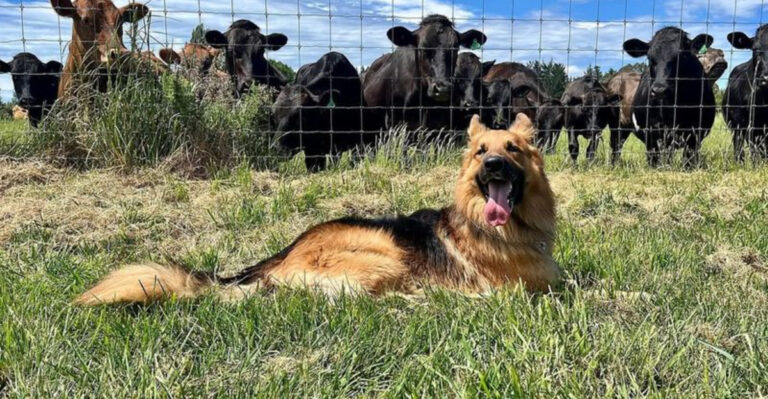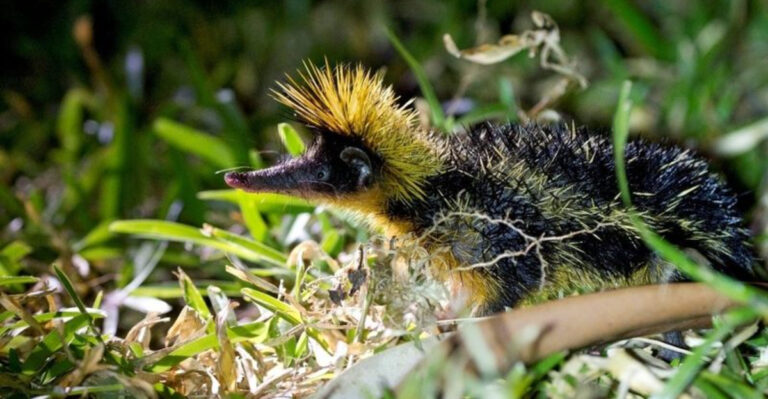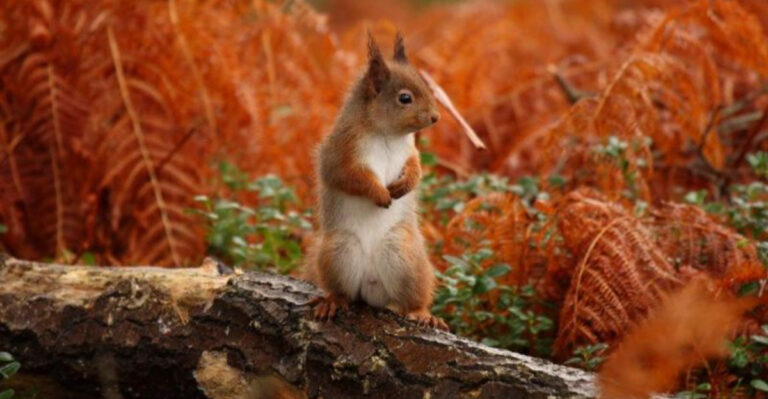What To Do If A Black Bear Appears Near Your Home

Imagine looking out your window to find a furry, 300-pound visitor sniffing around your yard! Black bear encounters near homes happen more often than you might think, especially if you live near forests or mountains.
Knowing how to react can keep both you and the bear safe while preventing dangerous situations from developing.
1. Stay Calm And Keep Your Distance
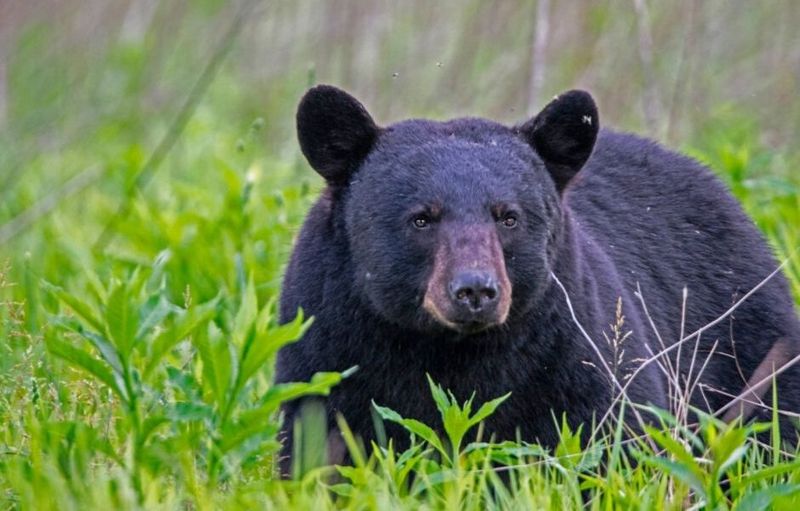
Your heart might race, but panicking makes things worse. Take a deep breath and remain still. Black bears usually aren’t looking for trouble – they’re probably just passing through or searching for food.
Give the bear plenty of space (at least 100 yards if possible) and never approach it.
2. Make Yourself Look Bigger
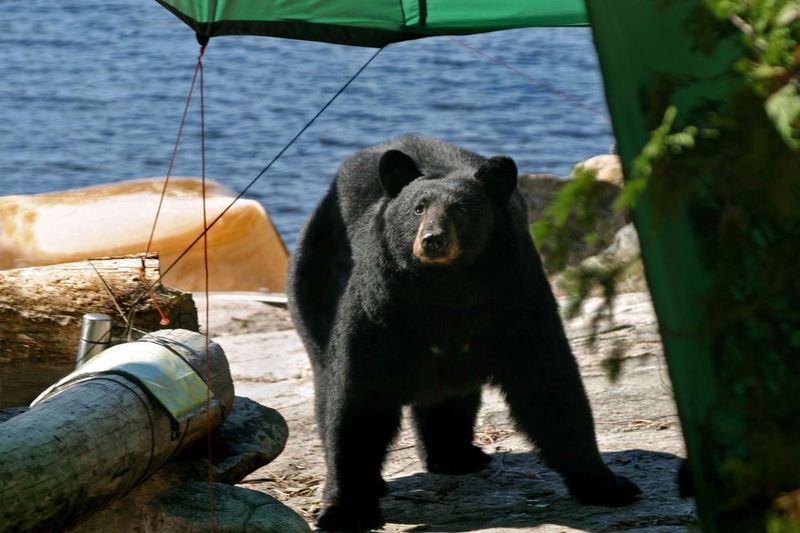
Channel your inner giant! Raise your arms high above your head and stand tall. Spreading your jacket wide or holding up a backpack creates an imposing silhouette.
Bears are less likely to approach something that appears large and potentially threatening, giving you a psychological advantage during the encounter.
3. Make Noise To Alert The Bear

Bears hate surprises almost as much as we do. Speak firmly in a deep voice – “Hey bear, go away bear!” Clap your hands, bang pots together, or use an air horn if available.
The unfamiliar human sounds often discourage bears from coming closer and give them a chance to recognize you’re human, not prey.
4. Keep Pets And Children Inside

Curious kids and protective pets can create dangerous situations during bear encounters. Immediately bring them indoors. Dogs especially might try to chase or bark at bears, potentially provoking defensive behavior.
A barking dog might actually attract a bear’s attention rather than scaring it away, creating unnecessary risk.
5. Remove Food Attractants

Bears have incredible noses – they can smell food from miles away! Check your yard for anything edible. Bird feeders, pet food, garbage cans, barbecue grills, and even fruit trees can lure bears to your property.
Once they find food at your home, they’re likely to return repeatedly, creating a dangerous pattern.
6. Use Bear Spray As A Last Resort
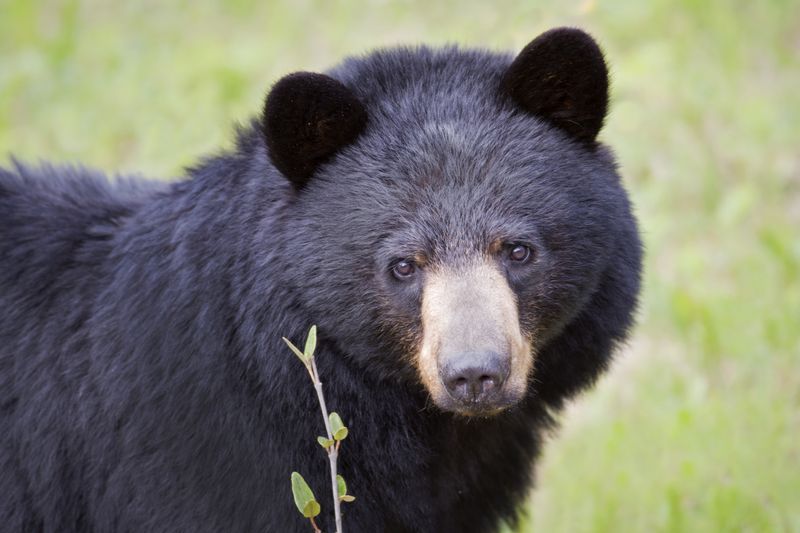
Bear spray isn’t regular pepper spray – it’s specially formulated for bear encounters. Keep some handy if you live in bear country. Only use it if the bear approaches within 30 feet and shows aggressive behavior.
Aim slightly downward toward the bear’s face, creating a cloud the bear must pass through. The painful sensation will usually send it running.
7. Never Run From A Bear
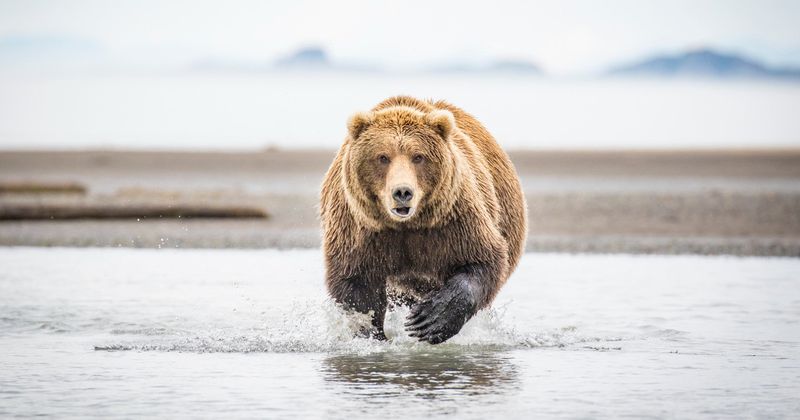
Running triggers a chase response in bears – and trust me, you can’t outrun them! They can hit speeds of 35 mph. Back away slowly while facing the bear if you need to create distance.
Sudden movements might startle the animal or be interpreted as threatening behavior. Maintain eye contact without staring aggressively at the bear.
8. Contact Local Wildlife Authorities
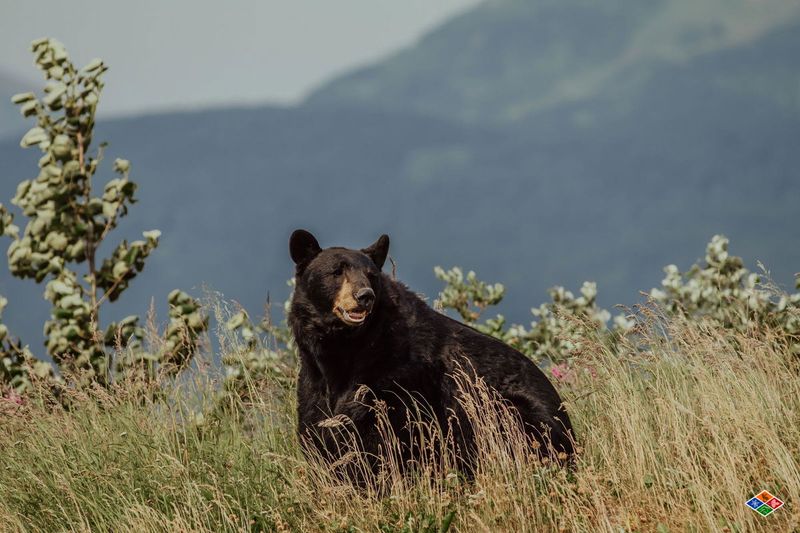
Wildlife experts know exactly how to handle bear situations safely. Call your local wildlife agency or conservation officer. They can assess whether the bear poses a risk and may relocate it if necessary.
Be ready to describe the bear’s size, behavior, and whether it has ear tags or a collar that might identify it as a previously managed animal.
9. Alert Your Neighbors
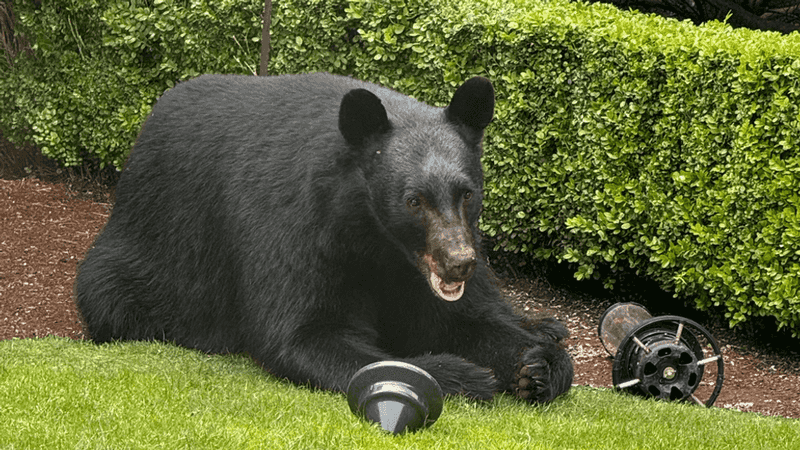
A quick text message could prevent a dangerous surprise for someone else! Let neighbors know about the bear’s presence. This creates a community awareness that helps everyone stay safe.
Many neighborhoods have phone trees or social media groups specifically for wildlife sightings, which can spread information quickly to those who might be affected.
10. Lie Still Only If Attacked
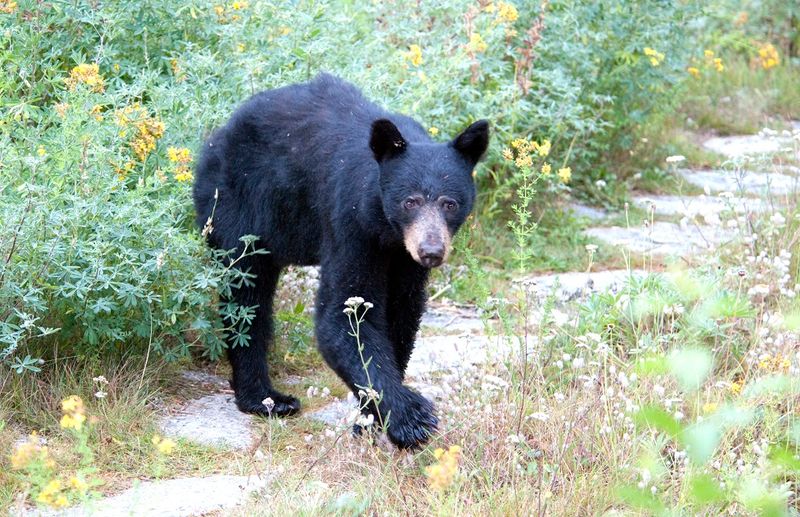
For black bears, acting lifeless is generally a bad idea – unless absolutely necessary. If a black bear makes physical contact, fight back vigorously! Target the bear’s face and nose with whatever you have available.
However, if the bear is a mother defending cubs, and you’re being mauled, playing dead might reduce the perceived threat.
11. Install Motion-Activated Lights
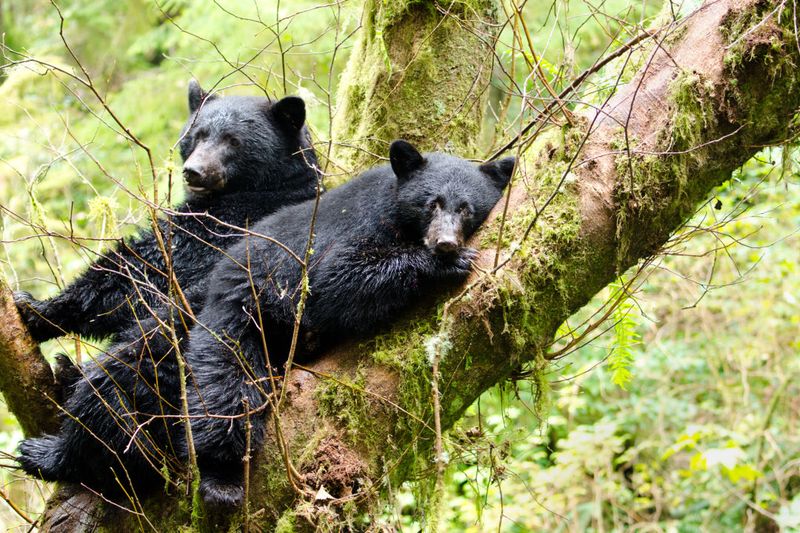
Sudden brightness startles most wildlife, including curious bears. Motion-sensor floodlights can provide an effective first line of defense. Install them around your property’s perimeter, especially near garbage areas or other potential attractants.
The unexpected illumination often sends bears scrambling for cover, as they prefer to explore under the cover of darkness.
12. Secure Garbage In Bear-Resistant Containers
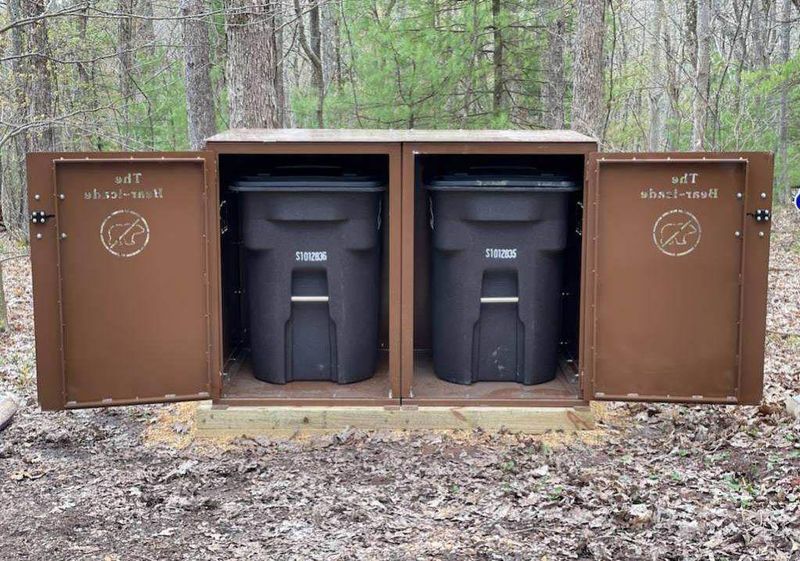
Trash day is like an all-you-can-eat buffet invitation for hungry bears! Invest in specially designed bear-proof garbage cans. Store trash in a secure garage or shed until collection day.
If that’s not possible, spray trash bags with ammonia or bleach – bears hate these smells. Some communities even have bear-resistant communal dumpsters for residents.
13. Use Electric Fencing For Gardens
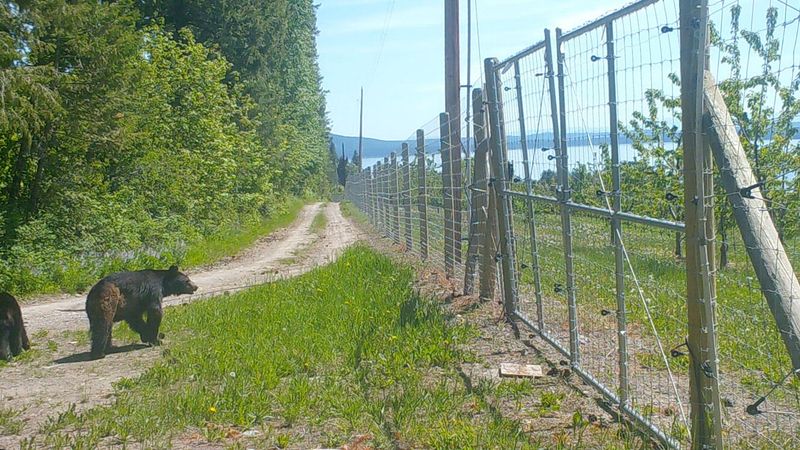
Gardens full of veggies are bear magnets! A simple electric fence can protect your hard-earned produce. Even a single wire about 3 feet high can be effective when properly installed and maintained.
Bears receive a harmless but memorable shock when investigating, teaching them your garden is off-limits. Many wildlife agencies offer guidance on proper installation.
14. Create An Escape Route
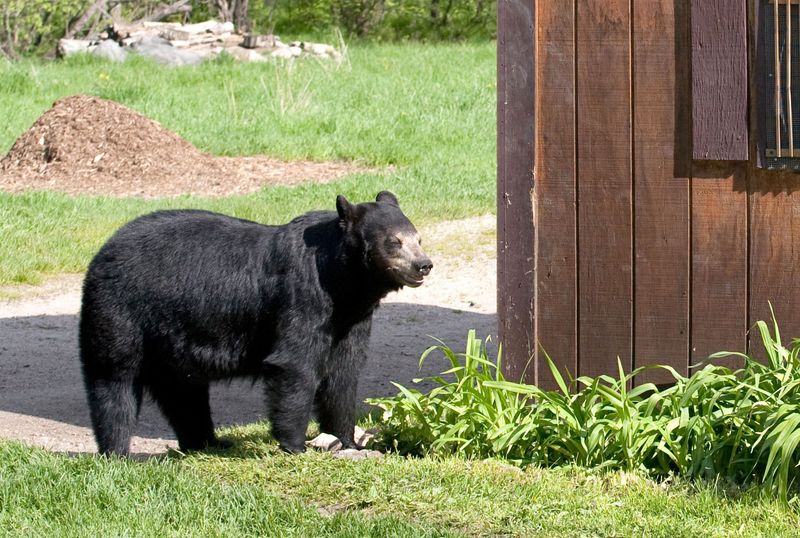
Always give bears an easy way out! Never corner a bear or block its path to escape. If a bear enters your yard, make sure you’re not positioned between the animal and its potential exit routes.
Bears feel threatened when trapped and are more likely to become aggressive if they can’t see a clear way to retreat from the situation.



